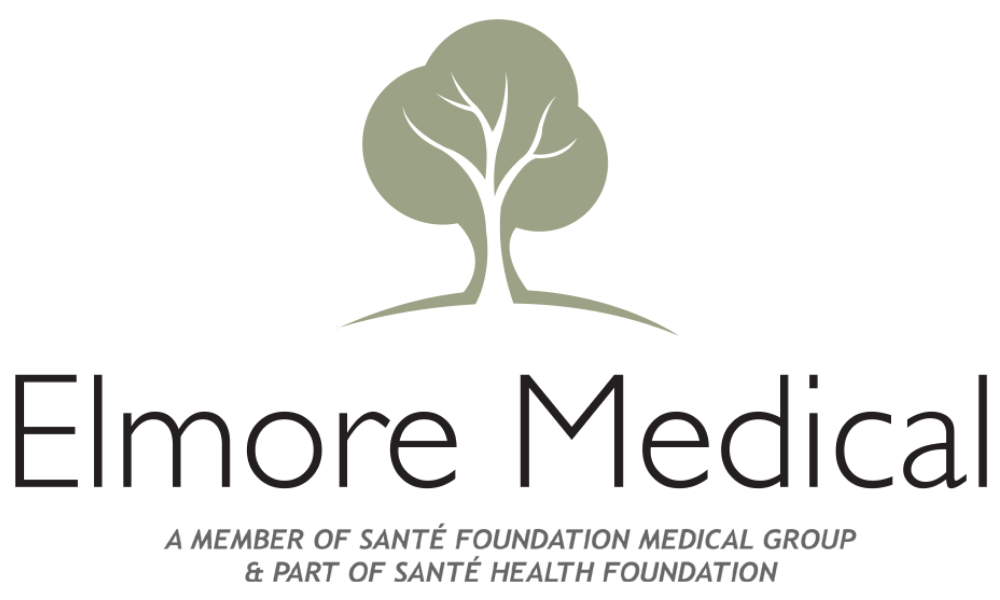Understanding and Preventing Deep Vein Thrombosis (DVT)
Deep Vein Thrombosis (DVT) is a serious condition in which a blood clot forms in a deep vein, usually in the legs. If left untreated, DVT can lead to complications such as a pulmonary embolism (PE), a potentially fatal condition that occurs when a clot breaks off and travels to the lungs. Understanding the causes, recognizing the risk factors, and implementing prevention strategies can significantly reduce the likelihood of developing DVT.
What Causes Deep Vein Thrombosis?
DVT is the name for a clot or thrombosis in the deep veins. Thrombosis can occur when blood flow slows down or stagnates. Several factors contribute to this, including prolonged immobility, blood vessel damage, and hypercoagulability (an increased tendency for blood to clot). While some people have a genetic predisposition to clotting disorders, lifestyle factors and medical conditions also play a significant role.
Recognizing the Risk Factors for DVT
Certain individuals are more susceptible to developing DVT due to specific risk factors. These include:
Prolonged Immobility: Sitting or lying down for extended periods, such as during long flights, hospital stays, or bed rest, slows blood circulation, increasing the risk of clot formation.
Surgery or Injury: Surgeries, particularly procedures involving the legs, hips, or abdomen, can damage blood vessels and trigger clot formation.
Medical Conditions: People with cancer or hereditary clotting disorders are at an increased risk due to changes in blood composition.
Pregnancy and Postpartum Period: Pregnancy puts pressure on veins in the pelvis and legs, increasing clot risk by slowing down blood flow in the veins. Clotting risk is also increased by the hormonal changes involved in pregnancy, which continue into the postpartum period.
Use of Hormonal Medications: Birth control pills, hormone replacement therapy, and other estrogen-based medications can contribute to increased clotting tendencies.
Obesity: Excess weight places additional pressure on veins, making circulation less efficient.
Smoking: Tobacco use damages blood vessels and contributes to poor circulation.
Aging: Individuals over 60 are more susceptible due to changes in blood flow and vein elasticity.
Family History of Blood Clots: Genetic predisposition can increase the likelihood of clotting issues.
Recognizing the Symptoms
DVT symptoms can vary, and in some cases, it may develop silently. However, common signs include:
Swelling in one leg (or arm, in rare cases) which may develop suddenly
Pain or tenderness, especially when standing or walking
Skin discoloration, often red or blue
A warm sensation in the affected area
If you suspect DVT, seek medical attention immediately. A delay in treatment can lead to life-threatening complications like a pulmonary embolism, characterized by shortness of breath, chest pain, and sudden dizziness.
Preventing DVT: Key Strategies
While some risk factors for DVT cannot be controlled, there are several effective strategies to minimize your chances of developing a clot:
Stay Active and Move Regularly
One of the most effective ways to prevent DVT is to keep blood circulation flowing properly. If you have a sedentary job, take breaks every hour to stretch and walk around. When traveling long distances, especially by plane or car, make a conscious effort to move your legs, flex your calves, and take short walks whenever possible.
Wear Compression Stockings
For individuals at higher risk of DVT, compression stockings can help prevent blood pooling in the legs by promoting better circulation. These are especially beneficial for those recovering from surgery, pregnant women, and individuals who frequently travel long distances.
Maintain a Healthy Weight
Excess weight places additional strain on veins, leading to circulation issues. Adopting a balanced diet and incorporating regular exercise can help maintain a healthy weight and reduce the risk of clot formation.
Hydration Matters
Staying well-hydrated keeps blood from thickening, which lowers the risk of clot formation. Aim to drink sufficient water daily and limit excessive alcohol or caffeine consumption, as they can contribute to dehydration.
Avoid Prolonged Sitting or Standing
People who work in environments that require prolonged sitting or standing should take periodic movement breaks. Simple exercises, such as ankle flexes and leg stretches, can help keep circulation optimal.
Medication Management
If you are at a heightened risk for DVT due to a medical condition, your healthcare provider may prescribe blood thinners to reduce clot formation. It’s crucial to follow your medication regimen exactly as prescribed and undergo regular monitoring if needed.
Quit Smoking
Smoking damages blood vessels and negatively affects circulation. Quitting smoking significantly reduces the risk of clotting disorders and enhances overall cardiovascular health.
When to Seek Medical Advice
While taking preventive measures is essential, some individuals require additional medical support. If you have a history of DVT, recent surgery, or multiple risk factors, consult your healthcare provider about personalized prevention strategies. Additionally, if you experience any symptoms of DVT or a pulmonary embolism, seek immediate medical care.
Final Thoughts
Deep Vein Thrombosis is a preventable but serious condition. By understanding the risk factors, making healthy lifestyle choices, and seeking medical guidance when necessary, you can significantly reduce your chances of developing DVT. Whether through simple daily movement, hydration, or medical intervention, taking proactive steps today can protect your long-term health.
Elmore Medical Vein & Laser Treatment Center is the premier vein specialty medical practice in the Central Valley. Dr. Mario H. Gonzalez and his staff offer years of experience and medical expertise that you won’t find anywhere else. Contact us to set up a consultation appointment.

